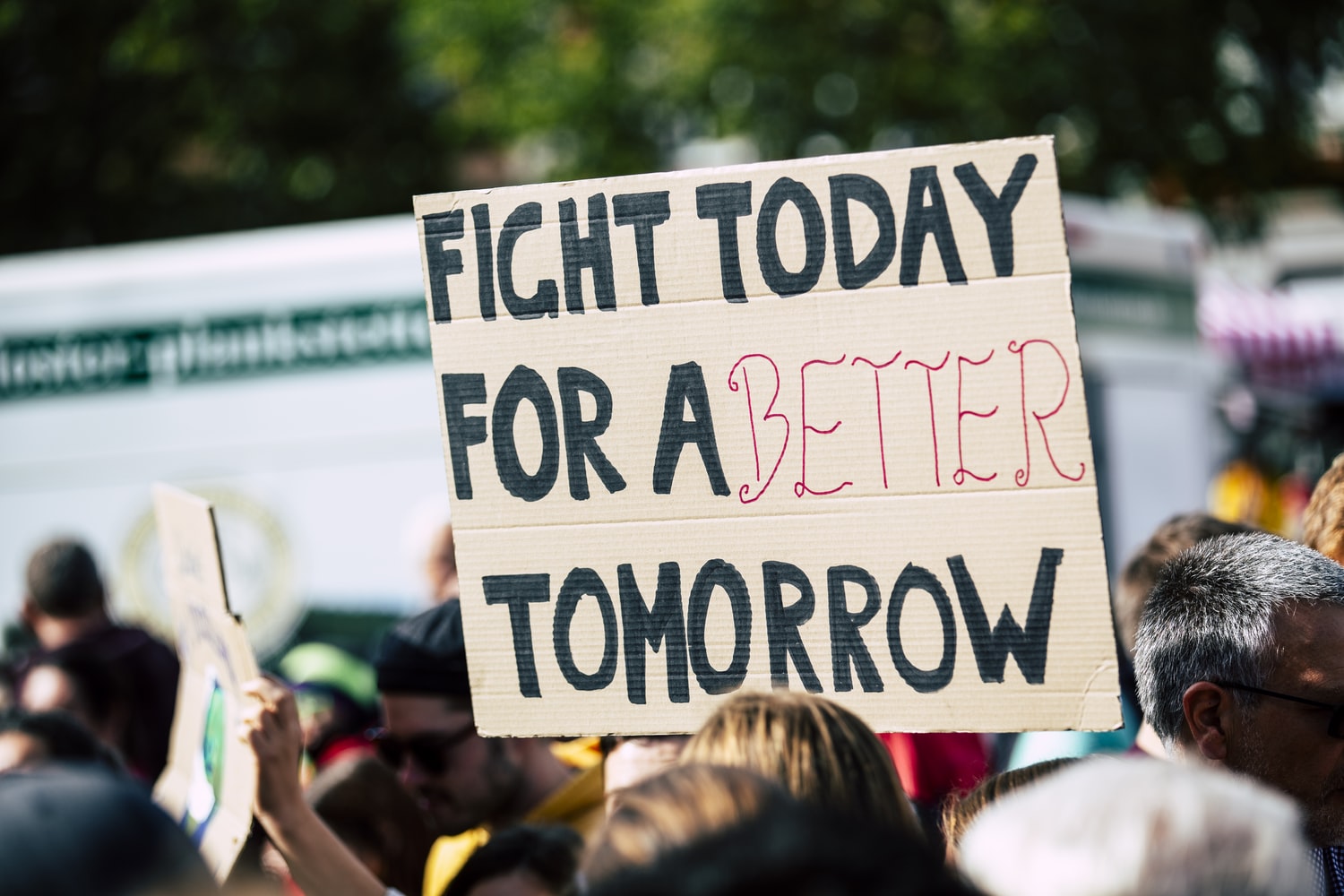With Record breaking heatwaves and blazing wildfires, there is no denying climate change. How is climate change affecting transportation systems and what can we do about it?
It is only the beginning of summer and record breaking heatwaves have been suffocating the entire nation. Not only does this pose a threat to our health but also to our planet.
Climate Change is destroying roads, cables & buildings
The Pacific Northwest has experiences road buckles and melted cable wires from the extreme heat. Temperatures as high as 116°F in Oregon for three consecutive days. Residents are exhausted, hot and uncomfortable. Many of which do not have access to appropriate air conditioning and fans are selling out everywhere.
In Seattle, streetcars and trains were shut down due to power cables melting from the heat. Towards Portland, heat related emergencies and road closures appeared all over the region. Roads began to buckle and ‘explode’ due to the great heat. Additionally, an indoor public pool had to close because the temperatures were so high, it was unsafe for visitors.
Down in Miami, the devastating building collapse has been called a climate change warning. It is still unknown why the Champlain Towers South collapsed but some say that Miami is vulnerable to rising sea levels. As sea levels rise, they exacerbate corrosion. Additionally, some have speculated that a sinkhole may have been the cause. Although there is little proof right now that a sinkhole caused the collapse. Sinkholes in Florida increase by 1%-3% for every 0.1°F rise in global temperature.
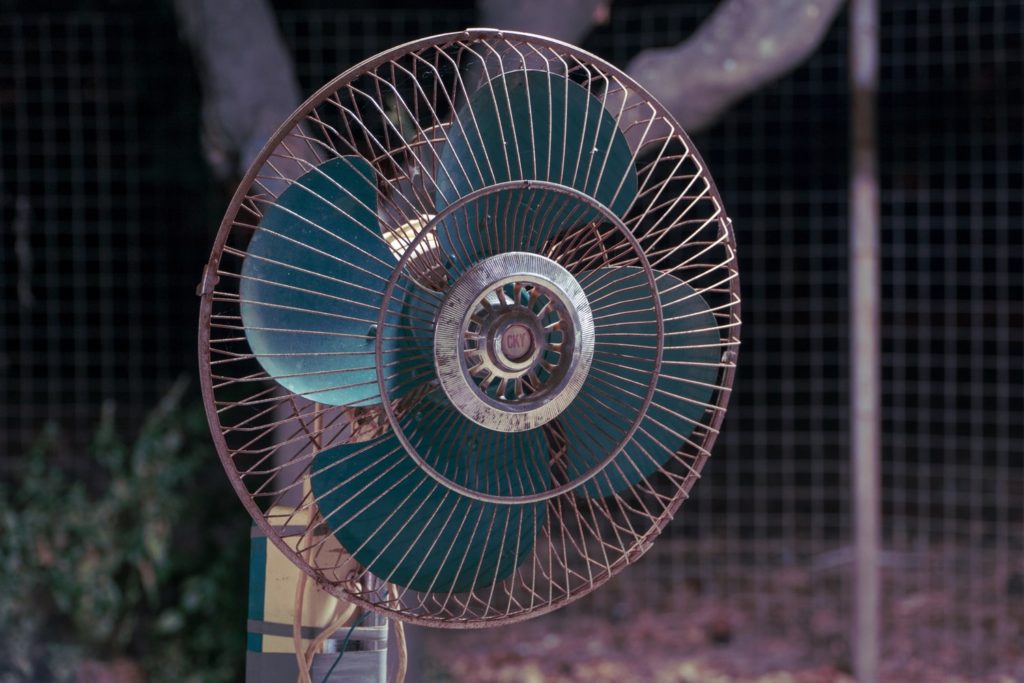
@georgechandrinosh
What Is a Road Buckle?
A road buckle happens when concrete expands due to extremely high temperatures. When the concrete can no longer expand, it pushes upward which results in a buckle. This happens especially with older roads and concrete because it looses strength with age.
What Happens If Cables Melt?
When cables melt or break, they can result in power outages and even fires. In Washington and Oregon, around 30,000 outages left people without AC or electricity. As wildfire season continues, these broken or melted wires could contribute to more fires.
How Do Sinkholes Form?
Sinkholes are a slow and natural process of erosion to terrain which occur over many years. These occur generally in limestone that is a few hundred feet below the land’s surface. These sinkholes form when rain or water seeps into the soil and causes decay and corrosion that create cavities and voids. The land surface above this begins to sink into these cavities and is carried downward. Droughts, heavy rainfall and rising sea levels all contribute to the creation of sinkholes.
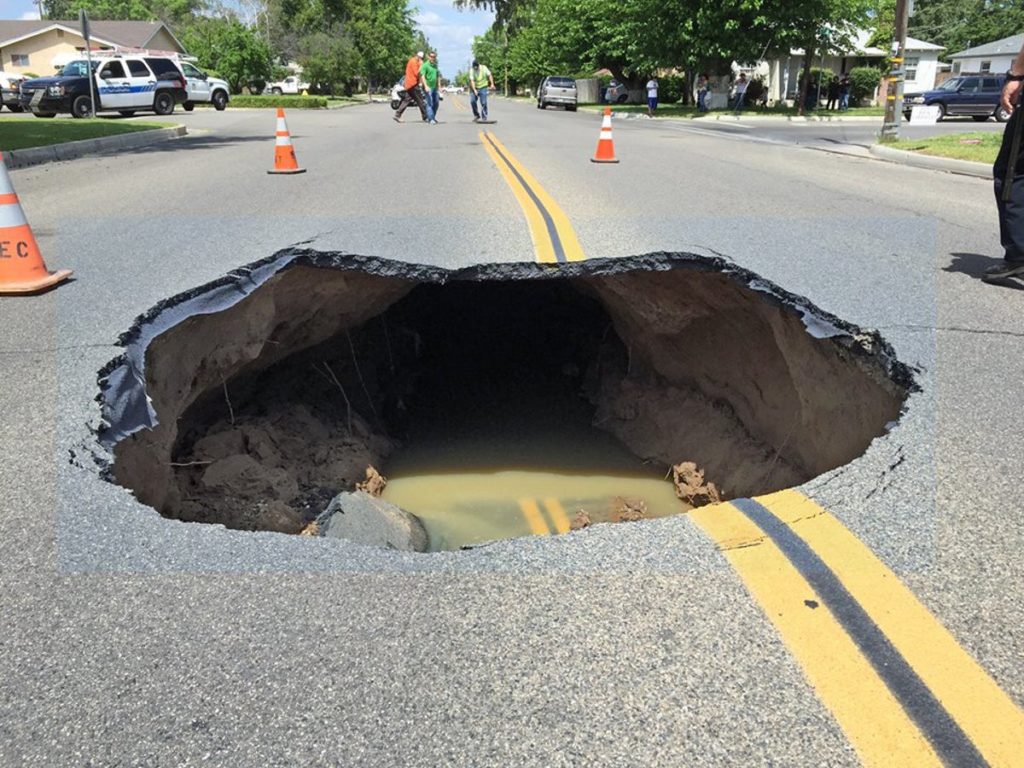
climate change effects on transportation systems
In the U.S. transportation and roadway systems are built to withstand local weather and climate. Bridges, highways and roads are designed based on the history within that region. However, with climate change, weather patterns are becoming much more difficult to predict. Climate change increases the frequency and intensity of extreme weather. Heat waves, rising sea levels, storms and droughts have become more fierce.
These weather and climate changes cause risks of delays, disruptions and damages. Most transportation systems being built now are expected to last for 50 years of more. High temperatures that cause heat waves cause pavement to expand and even explode. This can create cracks, potholes and can even effect bridge pole joints. Heavy rainfall and storms create floods that weaken the soil that supports roads, tunnels and bridges. As sea levels rise many coastal highways are at risk of flooding which poses dangers to evacuations routes. Severe droughts in the southwest increase the severity of wildfires which reduce visibility and destroy roadways, cables and habitats.
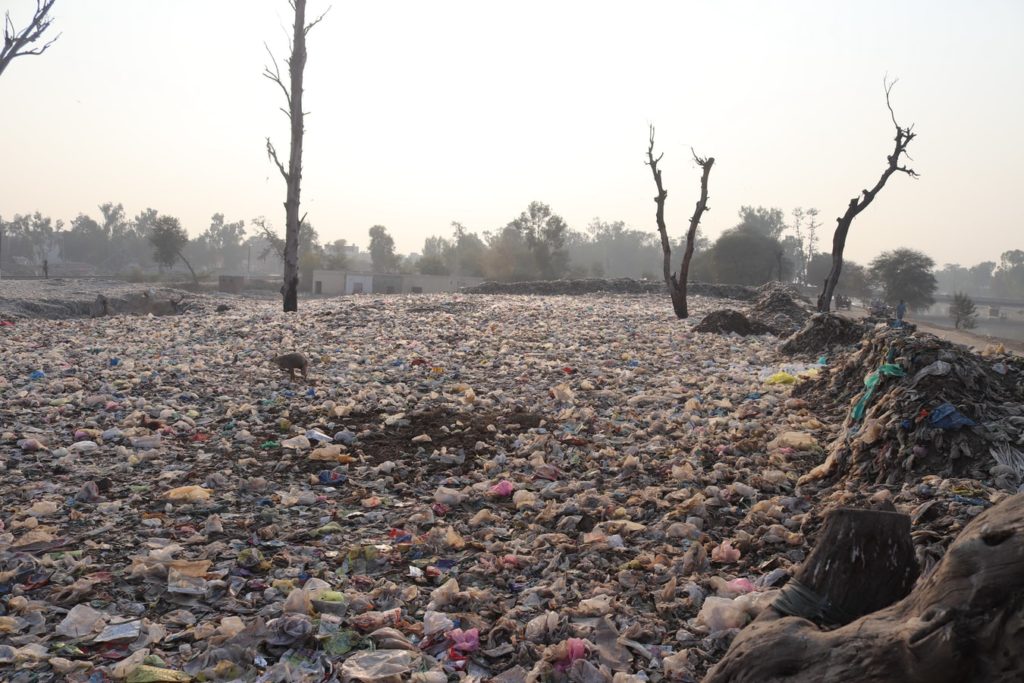
What can you do to combat climate change?
It is a big battle that requires the help of everyone. We are all affected by climate change in one way or another. In order to do your part for climate change, you might need to make small sacrifices or changes to your lifestyle. Here are some things you can do to combat climate change:
1. Talk About It
Tell everyone, friends, family, coworkers, that climate change is very real and dangerous. Send messages to your government officials. You can send emails, tweets, phone messages, anything you want really to tell your local government about climate change.
2. Weatherize Your Home
Heating and cooling is one of the leading uses of energy. Make your home more energy efficient by sealing drafts and ensuring proper insulation. You can even claim federal tax credits for energy-efficient home improvements!
3. Energy Efficient Appliances
Using energy efficient appliances is the cheapest way to reduce carbon emissions. Look for Energy Star labels when shopping for appliances!
4. Use Less Water
Water waste contributes quite a bit to carbon pollution. It requires a lot of energy to heat and treat water. Take shorter and colder showers, not only is this good for circulation, it is great for your skin. Turn the tap off when brushing your teeth and look for WaterSense-labeled appliances!

5. Eat The Food You Buy & Buy Less Meat
The meat and livestock industry produces devastating amounts of pollution. Look for meatless alternatives instead, like Beyond! Additionally, don’t waste food. If you waste less food you are actually cutting down on energy consumption! Think about how much energy it takes to make that food before it even gets to you.
6. Better Light Bulbs
LED lightbulbs use 80% less energy that regular bulbs. They are more of an upfront cost, but they will save you in the long-run. Not only do they last longer, some can even be recharged!
7. Car Maintenance
Keeping your tires properly inflated at all times to not only save you money but also reduce the amount of gas you use.
8. Less Planes
Cut down on frequent flying and take a train instead. You’ll not only save money but you’ll help cut down on air pollution.
9. Unplug
Having electronics constantly plugged in will not only run up your bill but also contribute to energy consumption. Become energy efficient with cordless devices or just unplug electronics when they are not in use.
10. Drive a Fuel-Efficient Cars
Hybrids and fully electric cars have come leaps and bounds. There is no reason not to drive one. They save you money and fuel, not to mention you can collect tax rebates on fuel efficient vehicles!
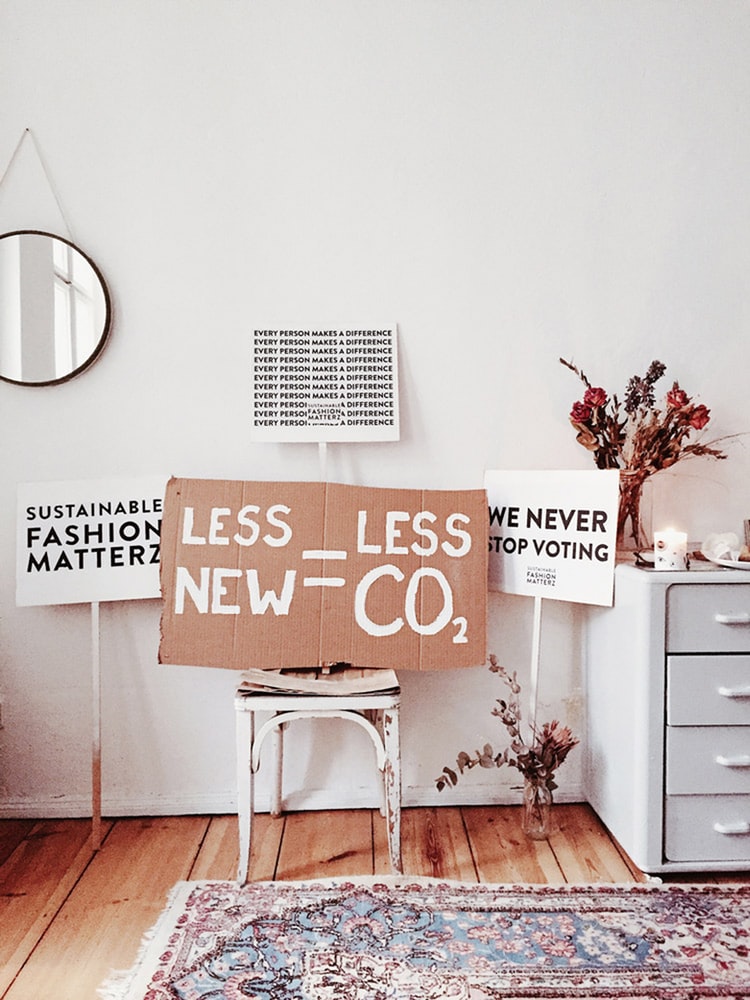
@cheriebirkner
The biggest and best way to combat climate change is to do your homework. Always look into the companies you hire and ensure that they are focused on energy efficiency and sustainability. There are many little things you can do as well. Most energy efficient lifestyles will actually save you money in the long run!
Read More:
Ecocide – To Become A New International Crime
6 Sustainability Tips That Will Save You Money
How To Stay Cool During A Heatwave
Fast Food – Killing The Planet And Your Body
